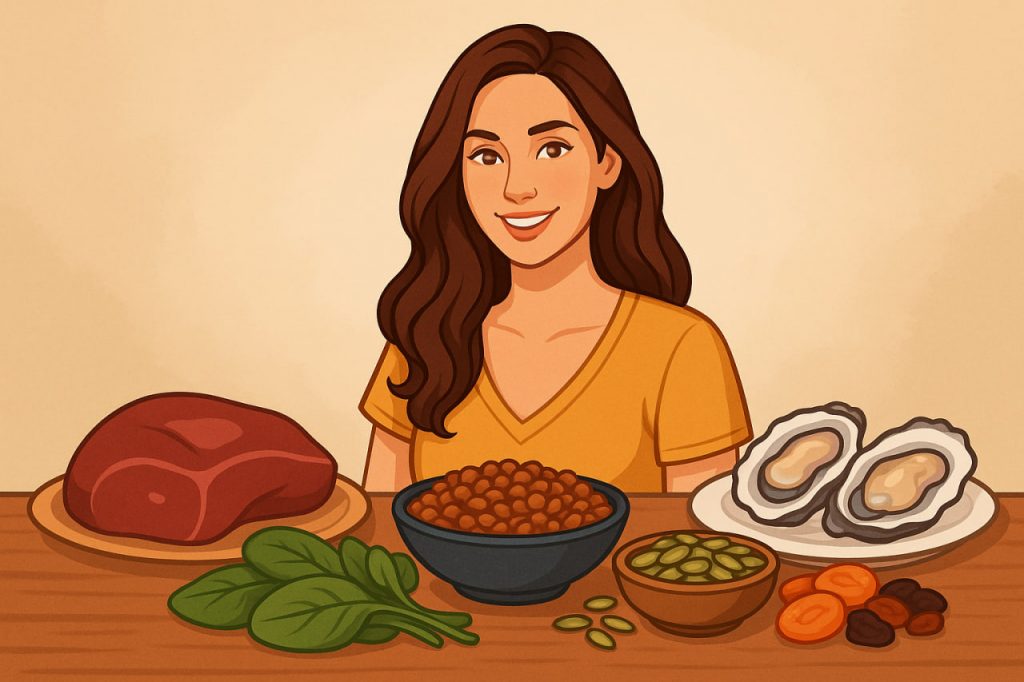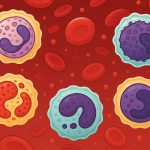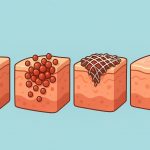Iron is an essential mineral for human health, playing a key role in the formation of hemoglobin, the protein in red blood cells that carries oxygen. Without enough iron, the body cannot produce sufficient healthy red blood cells, leading to anemia, fatigue, and weakened immunity. Some foods are particularly rich in iron and can be considered “record holders” for their content.
1. Types of Iron in Food
- Heme iron – found in animal products (meat, poultry, fish); absorbed more efficiently by the body.
- Non-heme iron – found in plant products (legumes, grains, vegetables); absorption depends on other nutrients, such as vitamin C.
2. Top Foods High in Iron
- Liver (beef, chicken, pork)
- One of the richest sources of heme iron.
- Beef liver can provide more than 6–8 mg of iron per 100 g, covering a large portion of daily needs.
- Red meat (beef, lamb, venison)
- Excellent source of heme iron.
- Lean beef provides about 2.5–3 mg per 100 g.
- Shellfish (clams, mussels, oysters)
- Among the top animal-based sources.
- Oysters can contain 7–9 mg per 100 g.
- Legumes (lentils, chickpeas, beans, soybeans)
- Provide non-heme iron, with 3–6 mg per 100 g depending on type.
- Best absorbed when combined with vitamin C–rich foods (e.g., beans with tomatoes).
- Seeds (pumpkin, sesame, flax, hemp)
- Pumpkin seeds contain up to 8–9 mg per 100 g.
- Dark leafy greens (spinach, kale, chard)
- Spinach provides about 2.7 mg per 100 g, though absorption is limited by oxalates.
- Quinoa and fortified cereals
- Quinoa contains 2–4 mg per 100 g, while fortified cereals may provide even more.
- Dried fruits (apricots, raisins, prunes)
- Offer 2–3 mg per 100 g, plus fiber and antioxidants.
- Eggs
- Particularly the yolk, which contains about 1 mg per egg.
3. Factors That Affect Iron Absorption
- Boost absorption: vitamin C (citrus, tomatoes, peppers), meat proteins.
- Reduce absorption: coffee, tea, high calcium intake, and some whole grains with phytates.
Conclusion
Record-holders in iron content include liver, shellfish, pumpkin seeds, legumes, and dark leafy greens. A balanced diet that combines both heme and non-heme iron sources, along with vitamin C–rich foods, ensures proper absorption and helps prevent iron deficiency. Regularly including these foods can support energy, immunity, and overall health.
Glossary
- Hemoglobin – protein in red blood cells that carries oxygen.
- Anemia – a condition caused by lack of healthy red blood cells, often due to iron deficiency.
- Heme iron – iron from animal sources, easily absorbed by the body.
- Non-heme iron – iron from plant sources, absorbed less efficiently.
- Phytates – compounds in grains and legumes that can reduce mineral absorption.


